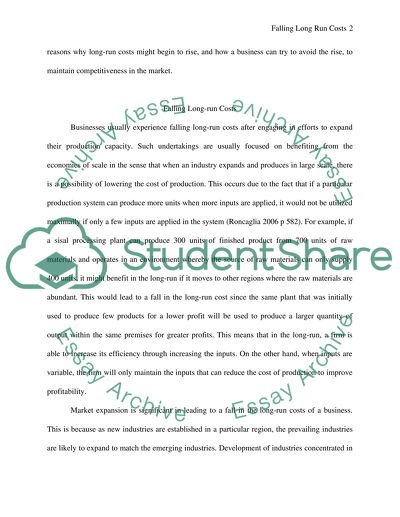Cite this document
(“Businesses in the Long-run Essay Example | Topics and Well Written Essays - 1500 words”, n.d.)
Businesses in the Long-run Essay Example | Topics and Well Written Essays - 1500 words. Retrieved from https://studentshare.org/miscellaneous/1528763-businesses-in-the-long-run
Businesses in the Long-run Essay Example | Topics and Well Written Essays - 1500 words. Retrieved from https://studentshare.org/miscellaneous/1528763-businesses-in-the-long-run
(Businesses in the Long-Run Essay Example | Topics and Well Written Essays - 1500 Words)
Businesses in the Long-Run Essay Example | Topics and Well Written Essays - 1500 Words. https://studentshare.org/miscellaneous/1528763-businesses-in-the-long-run.
Businesses in the Long-Run Essay Example | Topics and Well Written Essays - 1500 Words. https://studentshare.org/miscellaneous/1528763-businesses-in-the-long-run.
“Businesses in the Long-Run Essay Example | Topics and Well Written Essays - 1500 Words”, n.d. https://studentshare.org/miscellaneous/1528763-businesses-in-the-long-run.


